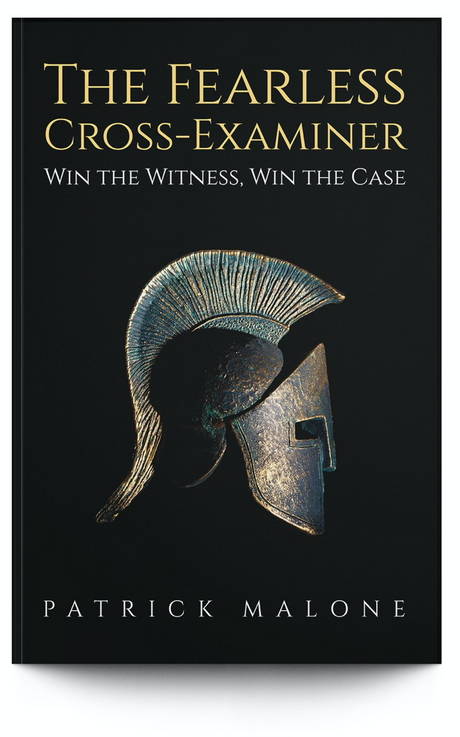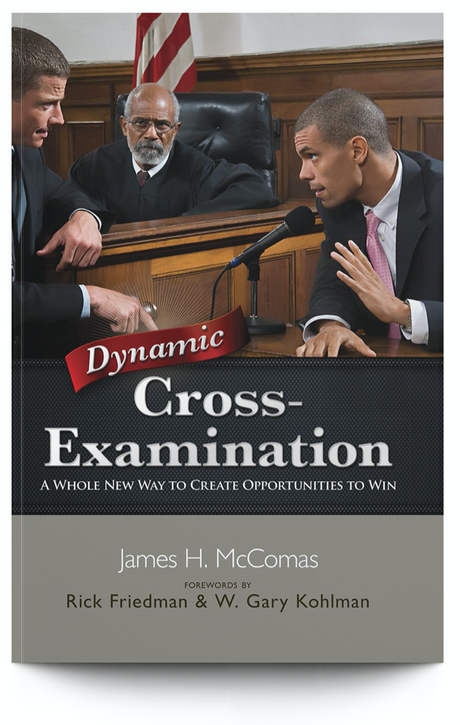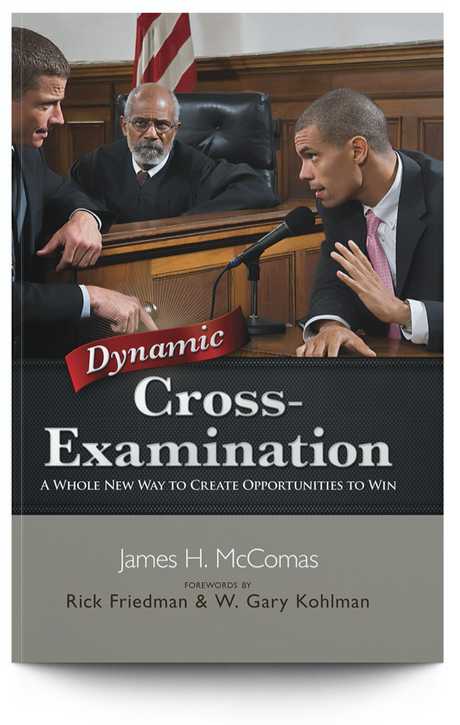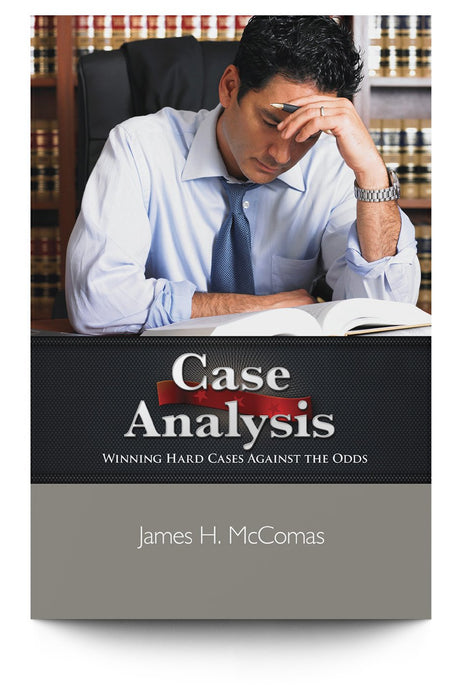
Best selling legal books and CLEs on Cross Examination
Trial Guides is the leading publisher of books on litigation. A key skill in practicing law is in cross examining adverse parties, lay witnesses and expert witnesses both in deposition and...
Free Shipping on Orders Over $200

Trial Guides is the leading publisher of books on litigation. A key skill in practicing law is in cross examining adverse parties, lay witnesses and expert witnesses both in deposition and...

What you learned in law school and most CLEs about cross examination won't help you much because much of what is taught is long outdated, ineffective, and potentially dangerous for...

Book Reviews of Case Analysis and Dynamic Cross Examination: If you do not buy, read, and re-read Case Analysis and Dynamic Cross-Examination after hearing Rick Friedman describe the method they explain...

Book Review of Dynamic Cross Examination: Imagine a book that explains how Bob Dylan strung his lyrics together, or one that reveals how Hank Aaron could distinguish in a millisecond a...

Book Review: Cases are won and lost long before trials begin. A lawyer begins earning a not guilty verdict the moment the lawyer takes the case. The ability to perform well...